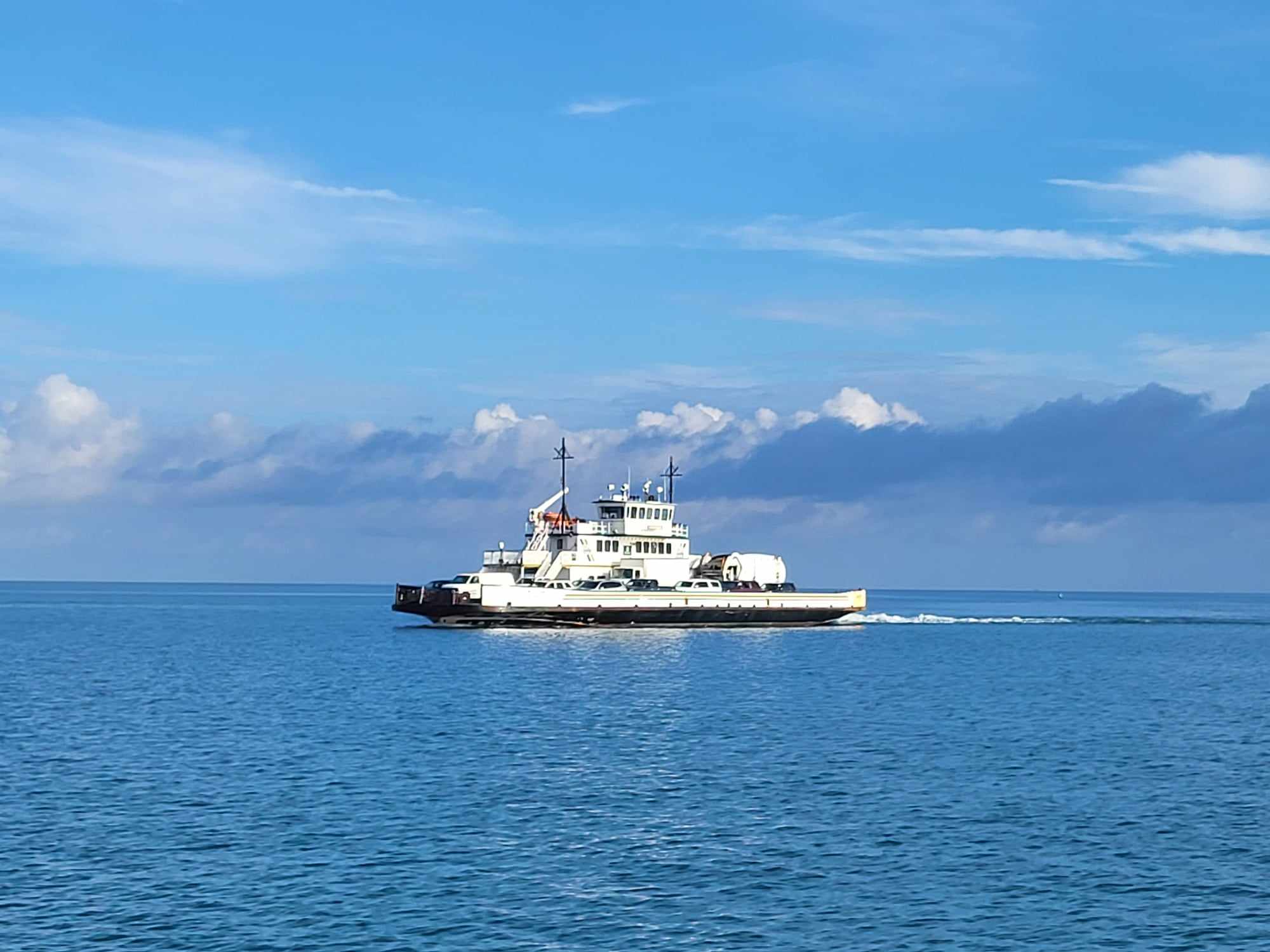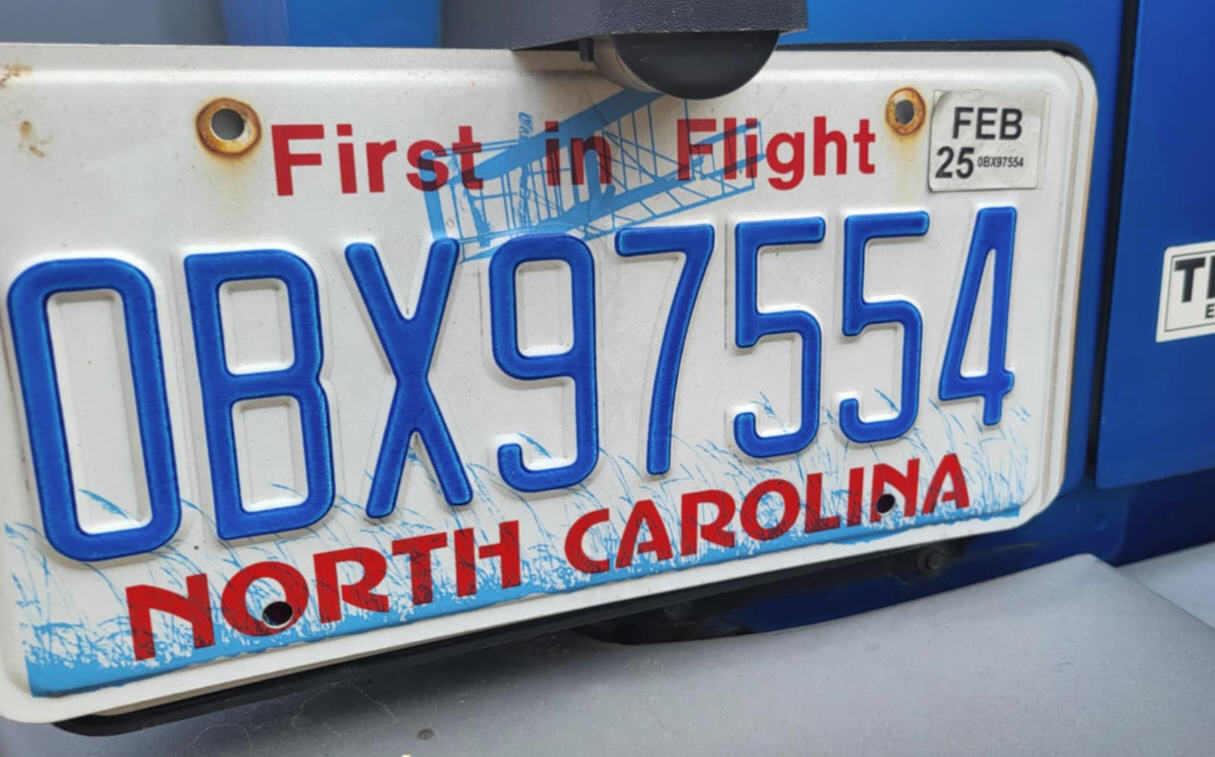North Carolina Lawmakers Enable Use of Living Shorelines for Hurricane Recovery
At the suggestion of the North Carolina Coastal Federation, the North Carolina General Assembly acted this week to encourage the use of living shorelines along estuarine shorelines as property owners take steps to recover from Hurricane Florence. Lawmakers enabled the North Carolina Coastal Resources Commission to adopt a temporary rule to provide a more streamlined permitting process for property owners seeking to rebuild their waterfront properties with more resilient and environmentally friendly living shorelines instead of bulkheads.
“We are delighted by this swift action by lawmakers to give property owners a better alternative for dealing with erosion problems created by recent storms,” said Todd Miller, executive director of the federation. “This week the General Assembly enacted a provision in the hurricane disaster bill that gives the Coastal Resources Commission authority to adopt a temporary rule offering a General Permit for living shorelines that works in concert with the new U.S. Army Corps of Engineers General Permit currently being adopted by the Wilmington District.”
“This new law advances the construction of living shorelines. It provides a much quicker permitting process that does not require review by multiple state and federal agencies,” said Miller. “Up until now, it took months to get permits for many living shoreline projects while bulkhead and revetment permits can be issued in a matter of hours. We think living shorelines are often the best alternative for both property owners and the environment, so this is a significant step to help make our coast more resilient to future storms.”
State and federal efforts to level the playing field for permitting living shorelines couldn’t be timelier according to the federation. Many bulkheads failed during Hurricane Florence while the federation’s living shoreline projects held up to the storm’s strong winds and damaging waves.
“Their performance during Florence is a real testimony to the value and integrity of living shoreline approaches that more naturally protect shorelines from erosion,” said Dr. Lexia Weaver, coastal scientist with the federation.
It appears that living shorelines mainly outperformed bulkheads during the storm because of the way they absorb wave energy. Living shorelines are designed to mimic the natural slope of the shorelines. They usually involve planting native marsh grasses combined with offshore sills or breakwaters made either from oyster shells, wood or rocks. Because of their design, living shorelines allow waves to roll over them naturally, which helps absorb the energy of big waves from storms like Florence. Bulkheads are unable to absorb this wave energy which is what creates scouring behind the structure and causes more erosion to the shoreline they are supposed to protect.
“In addition to outperforming bulkheads, living shorelines have proven to be a longer-term, less-expensive option for waterfront property owners in many locations,” said Weaver. “That is why we are promoting their use, especially now, as property owners begin to repair their damaged shorelines. Our message is loud and clear, install a living shoreline for long lasting and effective shoreline management.”
The federation encourages property owners to visit its website to learn more about living shoreline options and to find marine contractors that can help them install their projects. The site also contains before and after storm photos of our living shoreline projects.
For more information on living shorelines visit nccoast.org/livingshorelines, the Living Shorelines Academy or contact Lexia Weaver at 252-393-8185 or lexiaw@nccoast.org
















